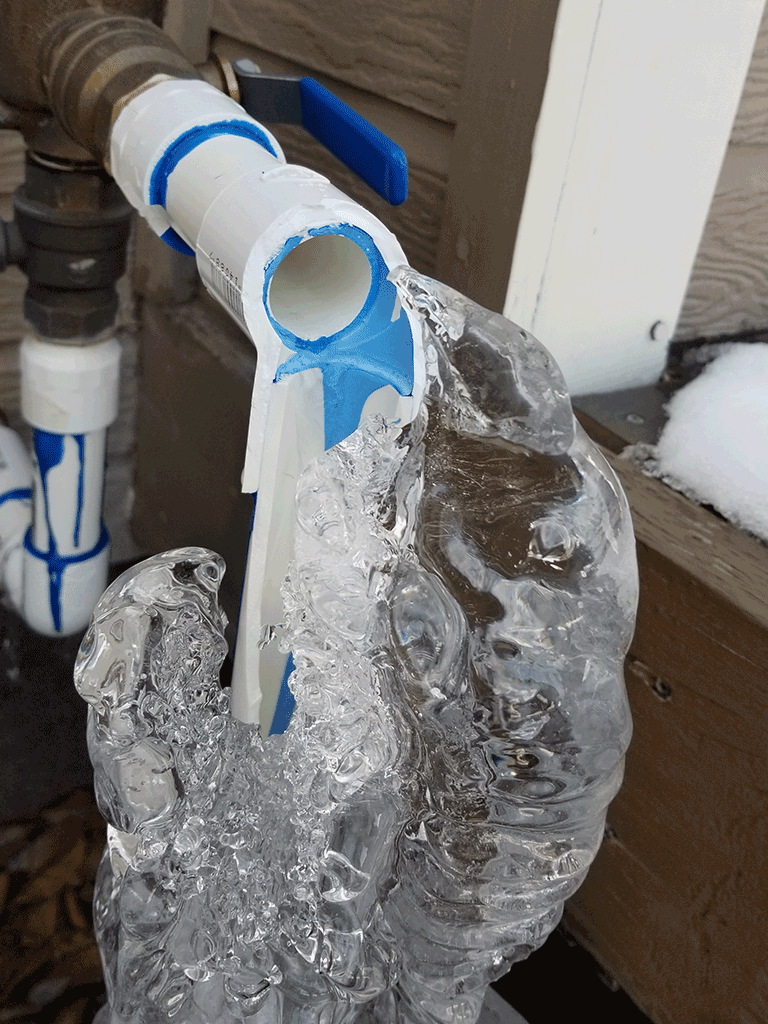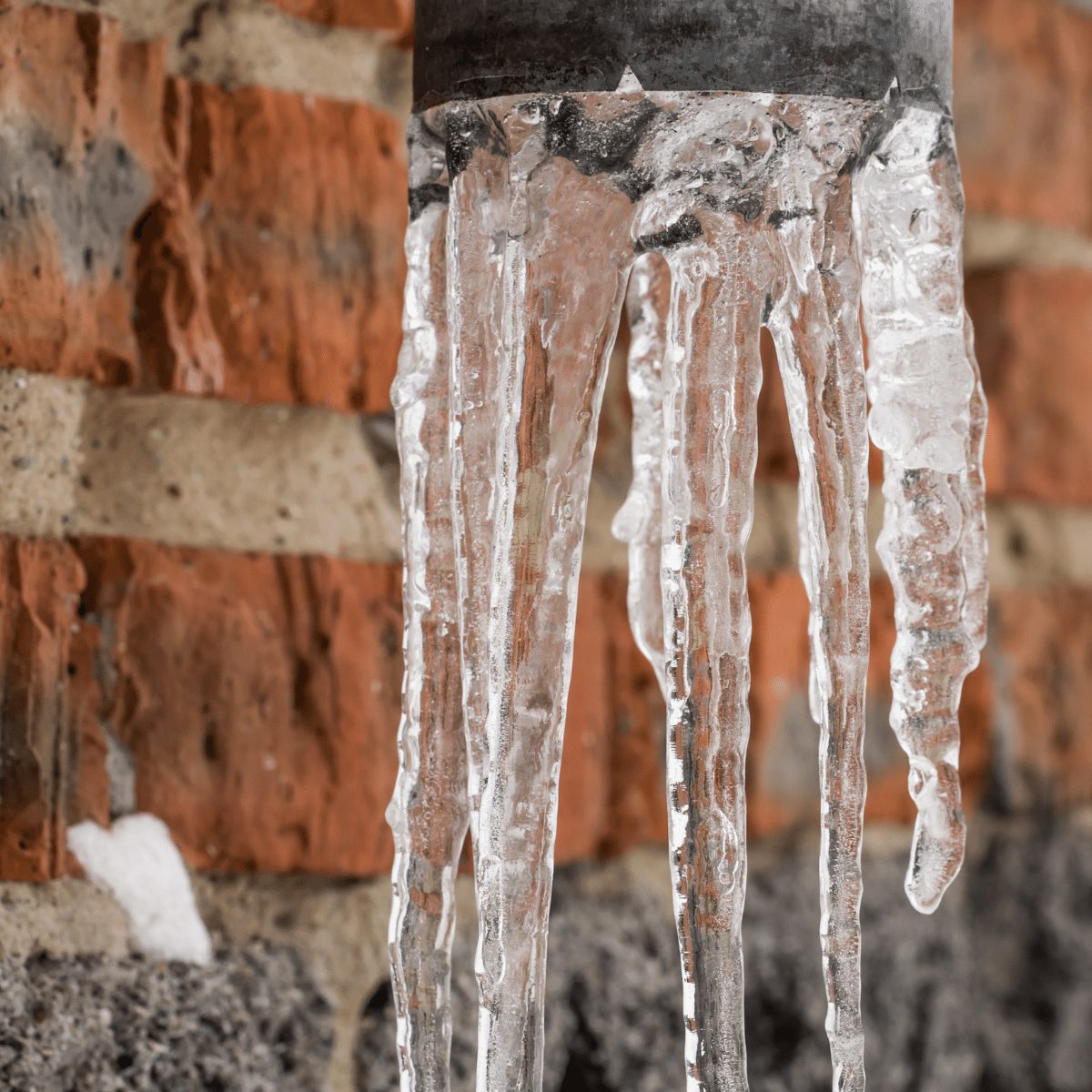How to Avoid Frozen Pipes in Cold Weather: Professional Tips
How to Avoid Frozen Pipes in Cold Weather: Professional Tips
Blog Article
Presented here on the next paragraphs you might get a lot of great resources involving How to prepare your home plumbing for winter weather.

Winter can ruin your pipes, specifically by freezing pipelines. Here's how to stop it from taking place and what to do if it does.
Intro
As temperatures decrease, the risk of icy pipelines boosts, possibly bring about expensive repair services and water damages. Understanding just how to avoid icy pipelines is essential for property owners in cool environments.
Prevention Tips
Shielding prone pipes
Cover pipes in insulation sleeves or utilize heat tape to secure them from freezing temperature levels. Focus on pipelines in unheated or exterior areas of the home.
Home heating techniques
Maintain interior rooms effectively heated, specifically locations with plumbing. Open up closet doors to allow warm air to distribute around pipes under sinks.
How to identify icy pipelines
Search for decreased water circulation from taps, unusual odors or sounds from pipes, and visible frost on revealed pipes.
Long-Term Solutions
Structural changes
Think about rerouting pipes far from outside walls or unheated locations. Add added insulation to attic rooms, cellars, and crawl spaces.
Updating insulation
Invest in high-quality insulation for pipelines, attic rooms, and walls. Correct insulation helps keep consistent temperature levels and reduces the danger of icy pipes.
Shielding Outside Pipes
Yard hose pipes and outside taps
Disconnect and drain yard tubes before winter season. Set up frost-proof faucets or cover exterior faucets with insulated caps.
Comprehending Icy Pipelines
What triggers pipelines to ice up?
Pipelines ice up when revealed to temperature levels listed below 32 ° F (0 ° C) for extended periods. As water inside the pipes freezes, it expands, putting pressure on the pipeline walls and potentially causing them to break.
Risks and damages
Icy pipelines can lead to water system disturbances, property damages, and pricey fixings. Ruptured pipelines can flooding homes and trigger comprehensive structural damages.
Signs of Frozen Pipeline
Determining icy pipelines early can prevent them from breaking.
What to Do If Your Pipes Freeze
Immediate activities to take
If you suspect icy pipes, maintain faucets available to alleviate pressure as the ice thaws. Use a hairdryer or towels taken in warm water to thaw pipes gradually.
Conclusion
Stopping icy pipes needs aggressive steps and fast actions. By understanding the causes, indications, and safety nets, homeowners can safeguard their pipes during cold weather.
5 Ways to Prevent Frozen Pipes
Drain Outdoor Faucets and Disconnect Hoses
First, close the shut-off valve that controls the flow of water in the pipe to your outdoor faucet. Then, head outside to disconnect and drain your hose and open the outdoor faucet to allow the water to completely drain out of the line. Turn off the faucet when done. Finally, head back to the shut-off valve and drain the remaining water inside the pipe into a bucket or container. Additionally, if you have a home irrigation system, you should consider hiring an expert to clear the system of water each year.
Insulate Pipes
One of the best and most cost-effective methods for preventing frozen water pipes is to wrap your pipes with insulation. This is especially important for areas in your home that aren’t exposed to heat, such as an attic. We suggest using foam sleeves, which can typically be found at your local hardware store.
Keep Heat Running at 65
Your pipes are located inside your walls, and the temperature there is much colder than the rest of the house. To prevent your pipes from freezing, The Insurance Information Institute suggests that you keep your home heated to at least 65 degrees, even when traveling. You may want to invest in smart devices that can keep an eye on the temperature in your home while you’re away.
Leave Water Dripping
Moving water — even a small trickle — can prevent ice from forming inside your pipes. When freezing temps are imminent, start a drip of water from all faucets that serve exposed pipes. Leaving a few faucets running will also help relieve pressure inside the pipes and help prevent a rupture if the water inside freezes.
Open Cupboard Doors
Warm your kitchen and bathroom pipes by opening cupboards and vanities. You should also leave your interior doors ajar to help warm air circulate evenly throughout your home.

Do you really like more info about How to prepare your home plumbing for winter weather? Give feedback directly below. We will be delighted to listen to your opinions about this content. In hopes to see you back again before long. I beg you set aside a second to promote this blog if you enjoyed it. We recognize the value of your readership.
Call Today Report this page